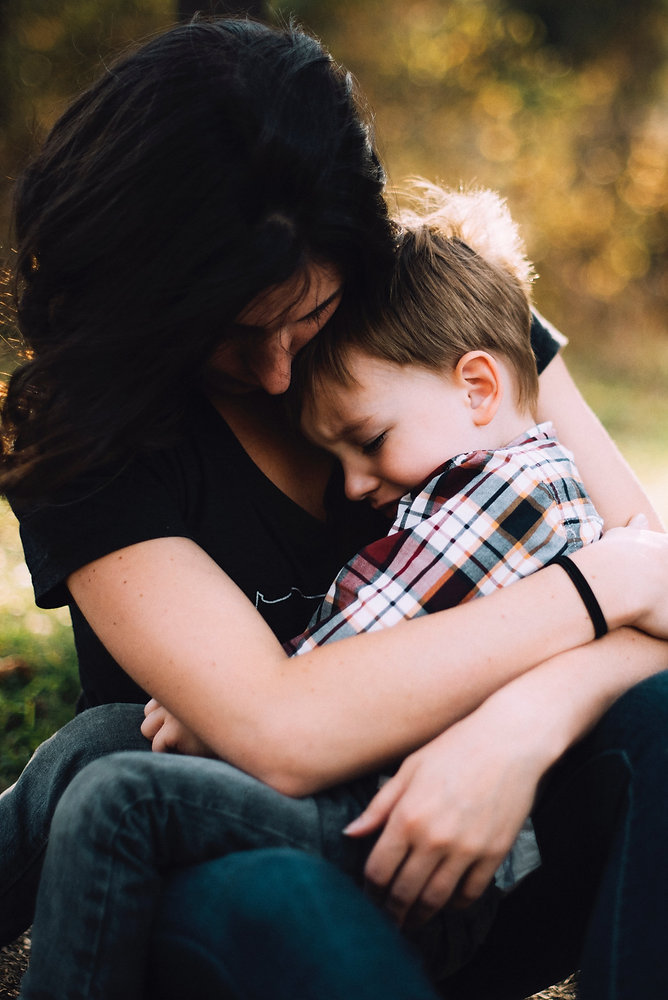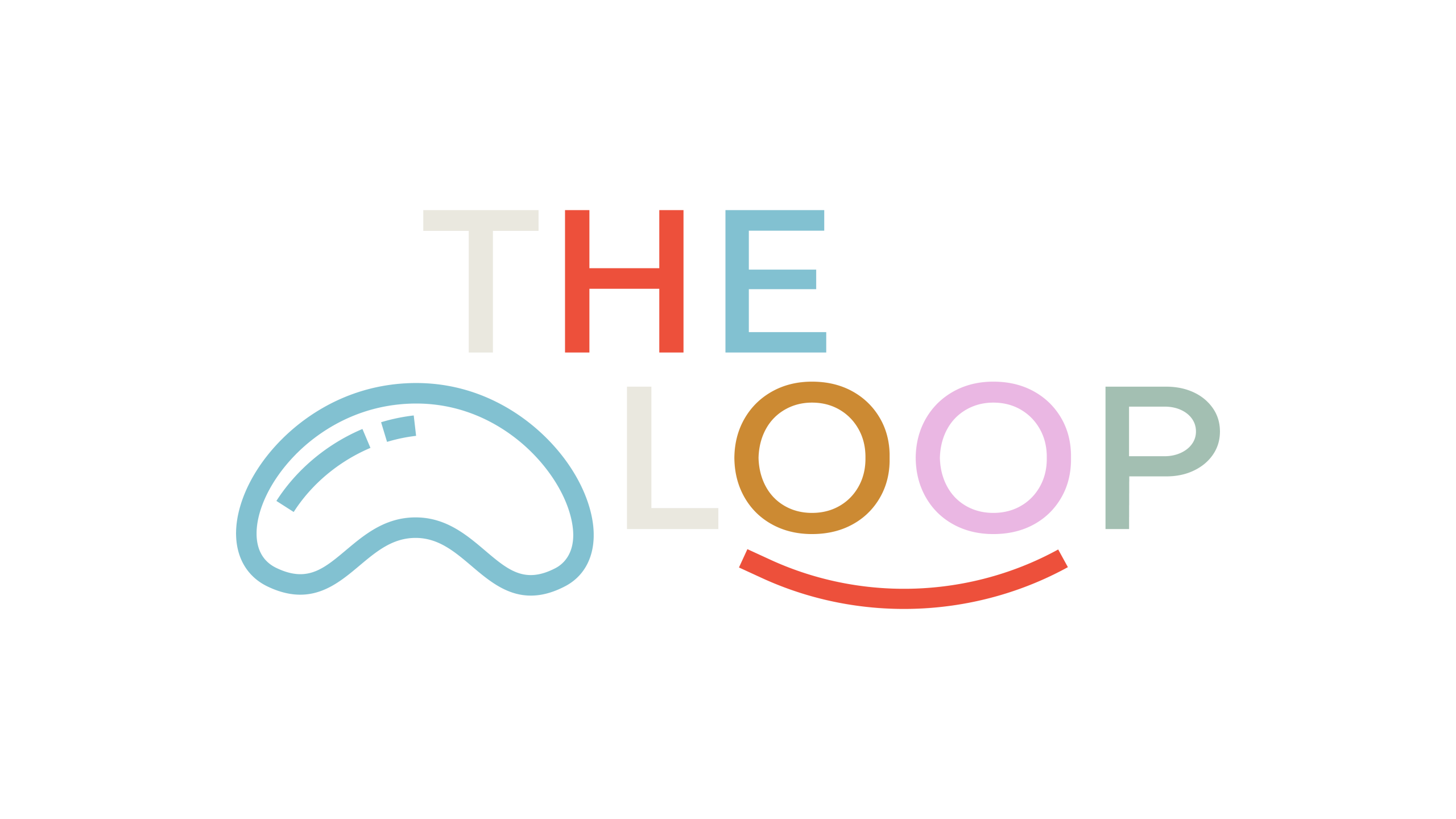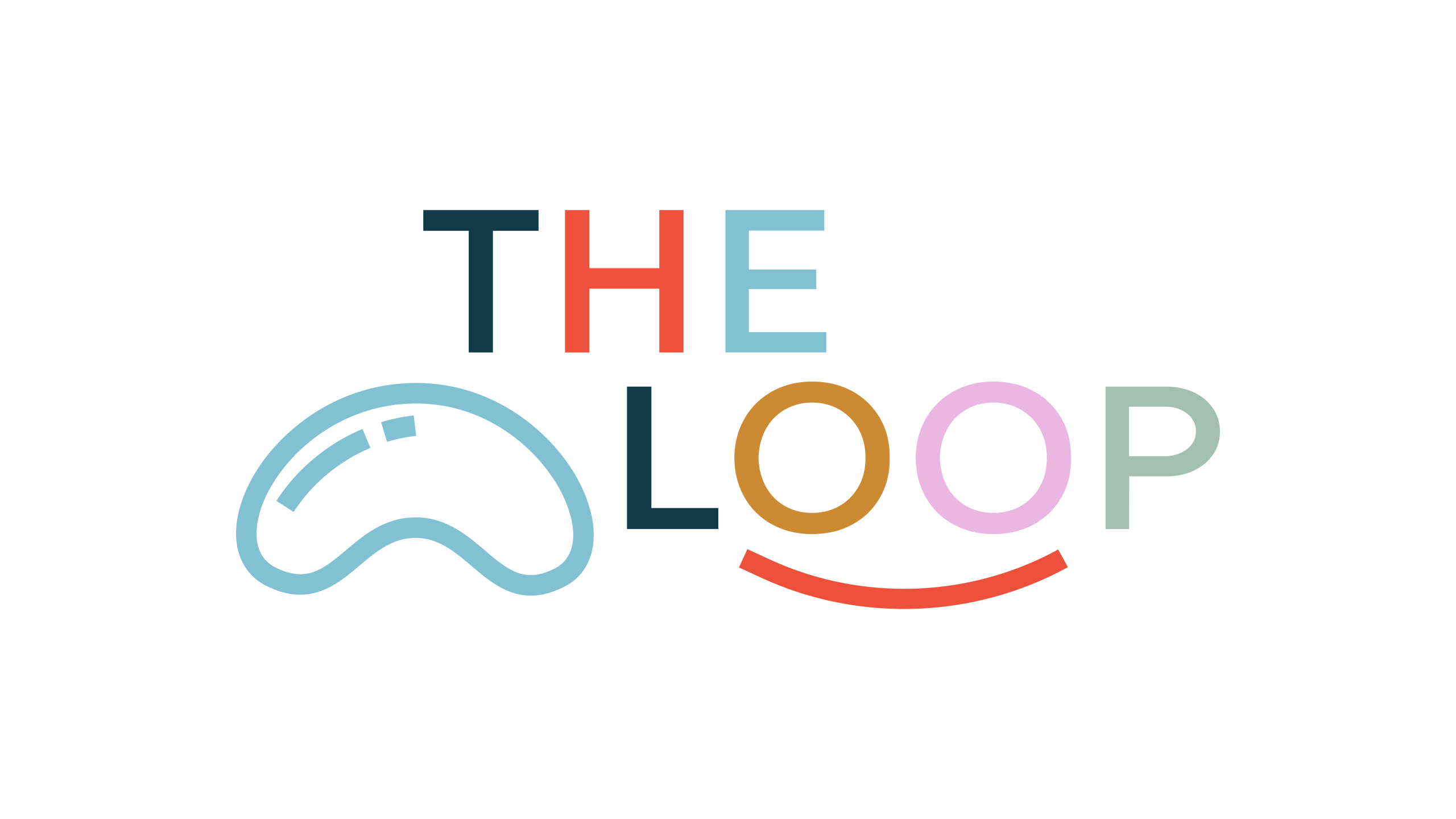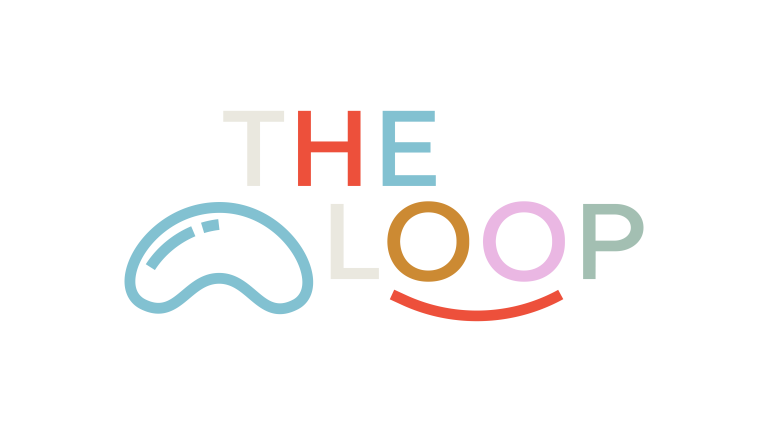
As a parent, you only want the best for your child. You feel joy as you witness their accomplishments and growth, but you also share their struggles as acutely as if they were your own.
So, when you notice your child struggling with their speech, you do everything in your power to address and correct the issue.
At first, you thought your child may simply be a late talker. Maybe you noticed they didn’t babble and coo the same way your friend’s kids did when they were babies—but every child develops differently and in their own time, right?
But, by the time they entered school, you started thinking their speech issues might be a larger problem than simply being quiet or a late talker.
You noticed—the more they wanted to say, the less they appeared able to get their words out clearly and consistently. You saw them becoming increasingly frustrated and upset when they were unable to say a word the same way twice, or when they started stumbling over communicating more complex thoughts.
You felt at a loss to help understand what was going on with your child. And nothing feels worse as a parent than feeling helpless when it comes to supporting your child in the way they need.
You started asking questions and researching. And that’s how you learned about an issue known as Childhood Apraxia of Speech.
This week’s blog post aims to tackle all of your questions and concerns about apraxia.
Recently, we’ve been doing a deep dive into understanding speech sound disorders in children, to help parents like you to know—there is information and assistance available to you and your child.
Last week, we looked at phonological disorders, and how they show up and can be addressed. The previous week, we tackled articulation disorders and how they’re assessed and treated.
But apraxia is different from articulation and phonological disorder in important ways. Let’s take a closer look at Childhood Apraxia of Speech, to offer you insight and options if this issue impacts your child.
What is Childhood Apraxia of Speech?
Childhood Apraxia of Speech (CAS), or simply apraxia, as it’s also called, is another type of speech sound disorder that falls under the communication disorders umbrella. You may also hear it referred to as oral apraxia or verbal apraxia.
In contrast to other speech disorders, apraxia doesn’t stem from issues with the speech musculature itself. Instead, apraxia involves difficulties in the brain’s ability to coordinate and smoothly execute the movements necessary for clear and accurate speech.
Children with apraxia don’t typically present with weakness or paralysis in the components making up their speech mechanism. But they struggle with accurate neurological planning and coordination with the muscles that produce speech. This results in verbal output that is garbled, unclear, and difficult for others to understand.
Children with apraxia often have difficulty producing certain words the same way consistently, but their understanding of what is said to them is not typically impacted by the issue.
Many parents of children with apraxia describe how their child began developing speech, only to lose the gains they were making as they grew. It’s easy to imagine how upsetting this can be for both parent and child.
Let’s take a look at some of the common symptoms of apraxia, to help you better understand how it shows up in the children who experience it.
What are the symptoms of apraxia?
Apraxia can be difficult to distinguish from other speech issues, such as articulation and phonological disorders. But there are some signs that help to determine whether your child is dealing with apraxia, versus another speech sound disorder.
Some of the common symptoms we see in with children with apraxia include—
A lack of typical babbling and cooing as an infant
Inconsistency of pronunciation errors
First words are often spoken later than is typical in childhood speech development
Adding vowels to the ends of words (for example, “up-ah” for “up”)
Errors increase with the length and complexity of what is being spoken
Groping and grasping behaviors with tongue and mouth when trying to form sounds
Limitations in the number of vowels and consonants they can correctly produce
Ability to understand what others are saying to them
Incorrect inflection, emphasis, and stress patterns in words
Omitting final consonants in words (for example, “ca” for “cat”, or “ha” for “have”)
May have more success imitating what others say to them
From this list, it’s easy to see how complex apraxia is, and how much its presence can hinder a child’s speech and communication skills.
If you’ve noticed any of these signs and symptoms in your child and have concerns, don’t hesitate to reach out! Our team of highly skilled Speech and Language Pathologists can not only help to assess and diagnose your child with apraxia and other speech and language issues, we can create an individualized treatment plan to get your child the services they need to address this issue.
What causes apraxia?
As with other communication disorders, like phonological and articulation disorders, it’s often difficult to pinpoint the exact cause of apraxia in the children who experience it.
In general, children with apraxia tend to score within normal ranges on neurological assessments, such as MRIs and EEGs.
Some researchers believe apraxia may run in families, while others posit it may arise from multiple unknown conditions and factors not yet fully known. In some cases, it may be caused by underlying issues, including genetic disorders and brain injuries.
Like other speech sound disorders, apraxia can occur in isolation in the children who experience it, or it can be coupled with other known disorders, such as autism, Fragile X syndrome, Cerebral Palsy, epilepsy, congenital hypotonia, and sensory processing disorders.
Children with apraxia often exhibit additional neurological “soft signs” that accompany their speech issues. These associated issues can include gross and fine motor control issues (including incoordination and planning difficulties), mixed hand dominance (or delays in a child’s choice of hand dominance), low tone, and sensory integration issues.
For parents, these issues (in addition to the ones already mentioned) may manifest as a child who tires easily and feels especially heavy to pick up and carry, one who struggles with self-regulation and soothing, or who seems particularly sensitive to things like touch, light, and sound.
These soft signs that can accompany apraxia in young children can sometimes assist with the early diagnosis and intervention of children with CAS, as they are often noted as potential red flags of the disorder by qualified professionals who encounter them, such as Speech and Language Pathologists.
How is apraxia different from articulation and phonological disorders?
While all speech sound disorders share certain characteristics, and all impact a child’s ability to communicate—apraxia is distinct from other speech sounds disorders in important ways.
Let’s take a closer look at what distinguishes apraxia from other speech sound disorders.
In the case of a phonological disorder, a child has difficulty understanding the rules and sound systems of spoken language. Unlike CAS, phonological disorders are not a motor speech disorder.
Children with phonological disorders don’t have difficulty physically forming the sounds of spoken language—they struggle with understanding the rules and systems of speech and language. As a result, they often simplify sounds and sound combinations in spoken language, which impacts their overall intelligibility.
The difference between articulation disorders and apraxia gets a little bit muddier, as both disorders relate to the ability to produce speech sounds, rather than a difficulty understanding and applying the rules of spoken language.
But a child with an articulation disorder struggles with positioning their articulators (such as their teeth, tongue, lip, palate, and jaw) in order to produce correct sounds when speaking. Whereas, a child with CAS experiences a disconnect between the brain and the muscles that produce speech, leading to a communication breakdown between these two systems—resulting in unclear speech.
Apraxia is different from articulation and phonological disorders in that it is a motor speech disorder. This means the connection between the brain and the speech musculature is not functioning as it should. The result is—children with apraxia have difficulty controlling and coordinating the muscle movements necessary for the purposes of speech production.
Now that you have an awareness of how apraxia differs from other communication disorders, let’s take a look at how apraxia is commonly addressed and treated in the children who experience it.
What is the treatment for Childhood Apraxia of Speech?
As we’ve learned—apraxia is a complex, encompassing communication disorder. So, treating it effectively requires a creative, qualified team of educational professionals.
Speech and language therapy is considered the primary treatment for Childhood Apraxia of Speech. Here at The Loop, our team of Speech-Language Pathologists are skilled at assessing and treating CAS, and we will work tirelessly with you, your child, and their teachers, to ensure that the issue is addressed holistically and within all your child’s primary environments.
Once your child has been diagnosed with CAS and their therapy team has been established, we will coordinate with you and your child’s teacher to develop and provide individualized therapy services that promote their ability to produce speech with greater success, both in and out of the school setting.
The treatment for apraxia can take many forms, and is highly tailored to each individual child we serve, but you can expect it will incorporate some common features, including—
Articulation therapy
Phonological therapy
Adaptive cueing techniques
Use of the PROMPT system (an acronym for: prompts for restructuring oral muscular phonetic targets)
Use of biofeedback
Development and use of an AAC device (short for: alternative augmentative communication, and also sometimes referred to as a communication board)
Our therapy will likely take place both one-on-one and in the classroom setting. We’ll also involve you, as home carryover is vitally important when it comes to treating an issue like apraxia.
Our goal in working with children with apraxia is to promote their ability to self monitor and use strategies to more accurately make sounds, and to recognize and repair when sounds are made in error. We also work to provide these children with multiple ways to communicate effectively, which may include non-verbal communication strategies, as well as communication supplementation strategies, depending on severity.
Understanding that communication is bigger than spoken language, we want to provide your child with appropriate tools to facilitate their effective communication in all settings. We want to offer them many opportunities to socialize and to use their communication strategies with a variety of people, in a variety of environments.
Above all, we want to see your child succeed in their ability to communicate their thoughts, feelings, and needs without frustration or withdrawal from social situations. What your child has to say is important, and we want to help them get their message out to the world.
Check out theloopsll.com for quality information and valuable materials, friend us on social @TheLoopSLL, or reach out with questions at info@theloopsll.com.


